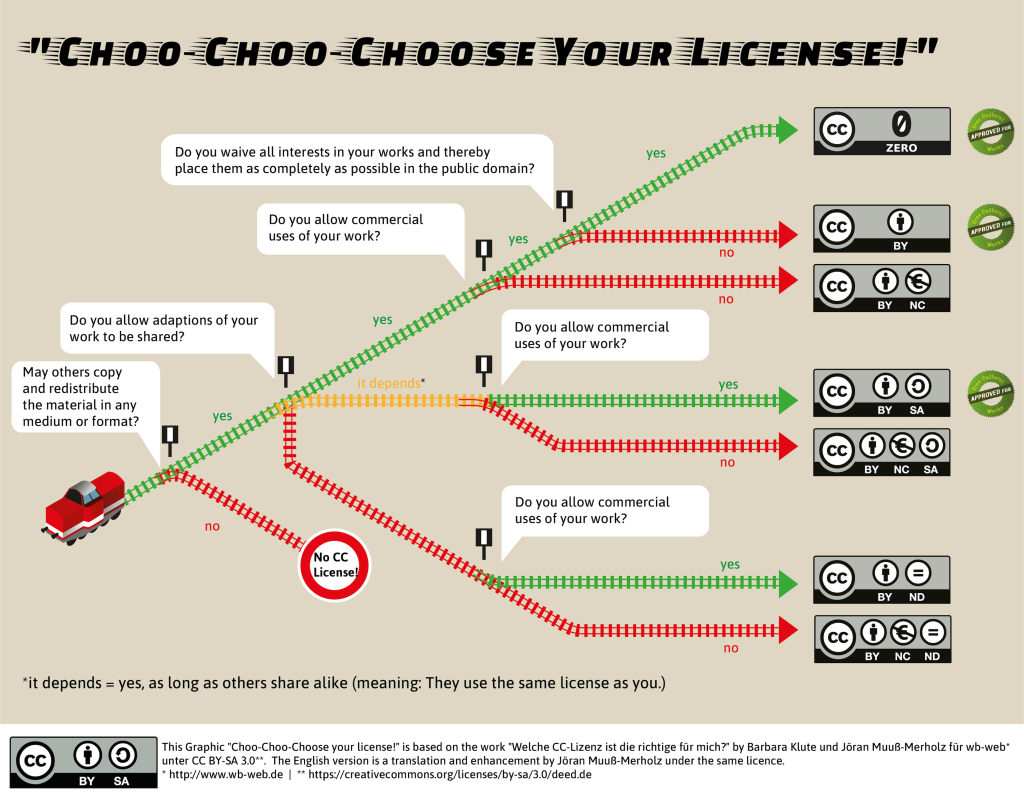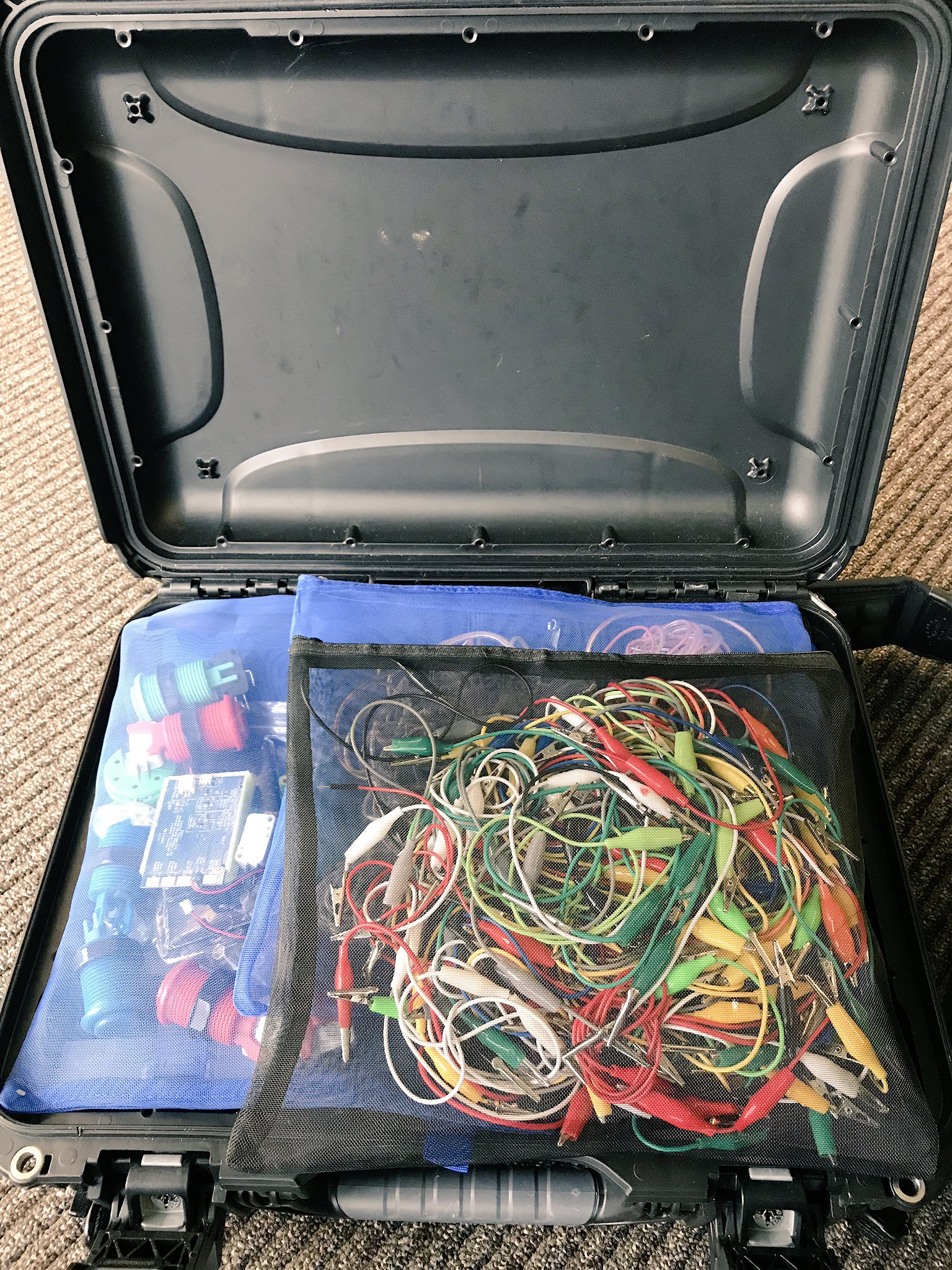‘No platform’ was developed as a specific tactic to prevent the encroachment of the National Front (and the Monday Club) onto university campuses in the mid-1970s. However it seems that almost from the time of its implementation, it has been open to misinterpretation and abuse by certain student groups.
Month: October 2018
a. Our school needs to build our teachers’ capacity to be teachers of writers.We need to complete a whole school language review and develop shared beliefs about teaching writing.
b. We need to find a process of building in sustainability. This means that there needs to be high quality sustained professional learning over time. We need to be assessing, recording and reporting achievement and listening to student voice.
c. We need to give our students time to play with stories, to have time to write and to write for fun.
The feature derails healthy conversation and preys on users’ worst instincts.
I’ve spent some time this morning thinking about the deplatforming of the abhorrent social media site Gab.ai by Google, Apple, Stripe, PayPal, and Medium following the Tree of Life shooting in Pennsylvania.
In the introduction to Teaching Machines and Programmed Learning: A Source Book (1960), a collection of articles penned by some of the best known theorists and practitioners in the field (including both Skinner and Pressey), A. A. Lumsdaine lists these as the three key properties of “teaching machines”:
First, continuous active student response is required, providing explicit practice and testing of each step of what is to be learned.
Second, a basis is provided for informing the student with minimal delay whether each response he makes is correct, leading him directly or indirectly to correction of his errors.
Third, the student proceeds on an individual basis at his own rate – faster students romping through an instructional sequence very rapidly, slower students being tutored as slowly as necessary, with indefinite patience to meet their special needs.
The devices thus represent a way of providing a pre-programmed study-practice combination which simulates, in partially or fully automated fashion, the functions of a private tutor in recitation and practice, with immediate correction of errors and feedback to the student.
“You don’t need to be scared,” I assured her, and the others. “You need to be wary. You need to understand that you have some control over what you share. Who you share with. Why you share. Be wary but be empowered.”
Meanwhile, post by post, click by click, people of all ages are being slowly groomed into conspiracy cultures that turn fear into violence and authoritarian rule. Once people’s reality is warped in this way, bringing them back is difficult, and yet we are moving at a snail’s pace on educational and technological fronts. The media is still talking about the problem as if the core was people being impolite. The world slowly slides toward a dark future, across the globe. We have educational solutions (just read the rest of this blog) but they remain un-deployed or under-deployed.
In this episode I continie @mrkndvs disucssion of what does digital mindullness mean. In the last step I foucsed too much on unplugging and Aaron cam back and asked what does it mean to be mindful when you stay online.
I also agree about the finding the balance between the technology and the human. I have really enjoyed Douglas Rushkoff’s exploration of this area with the Team Human podcast. I look forward to reading the book too when it comes out.
Punks don’t hire people to make their record cover. Punks do it all themselves. That’s what real punk is about — doing it yourself and building a community where people share ideas and share creativity.
E-sports – competitive video gaming – is set to leave traditional performance sport in its wake. Whether to recognise e-sports as a real sport is not the main issue any more; the main challenge is to create working governance structures.
Theatrical, brilliant, excessive and doomed — there had never been another band like Queen or a frontman like Freddie Mercury
There are a few programs playing with instructional video in really interesting ways. At OU, we have moved away from back-of-the-class lecture capture, producing instead sets of short videos where the instructor explains the key concepts. We have built a light screen so instructors can write like the would on a white board while looking into the camera and talking to the students. I think this takes us passed the poor substitution standard and into augmentation.
This infographic on Creative Commons licences illustrates your choices when you want to publish your own work under a CC license. Start with the locomotive on the left and make your choices at each switch. The graphic itself is published under CC BY SA 3.0.
I have been bookmarking on my (second) site for a while now. In the past I used Diigo, but I would save everything without much thought. I tinkered with Radio3, but it just did not work for what I was after.
I feel posting on my site has made me more conscious of what I save and share. I have progressively extended this too incorporating the various post kinds.
Before I save bookmarks, I use a combination of Pocket and Trello as a temporary store. I have documented this here.
Hope that helps.
Aaron.
Urgh, it’s so hard to teach a novel for the HSC because it just gets reduced to 12 quotes and some conceptual statements. Sigh.
Thank you too for the shoutout. It definitely has sparked some interesting conversation. I read a post today about mindfulness apps, yet it overlooked the collection of data associated with the completion of various. We are asked to be conscious of our breathing, yet ignore the data that we share on a daily basis.
A platform to give meditation away for free to everyone on the planet.
However, if this is built on the back of angel funding, then there is clearly some windfall at play? When the developer starts analysing the data:
In the course of charting user data and trying to discern exactly what Insight Timer actually is, Plowman has noticed that “People who come in with preferences set to secular and highly scientific teachings start to meander.”
It provides insight into the benefit that such a platform could gain, especially when combined with other data points.
I’m not considering running for office because I have always dreamed of being an MP – although I don’t deny it would be interesting. I am thinking about it because I see it as a civic duty. I was brought up by parents who had lived in Manchester and London through World War II. They were adolescents at the time and have vivid and disturbing memories of the Blitz and of the revelations about Nazi death camps in the immediate aftermath of the war. It affected them profoundly. They brought me up to believe that bad things happen when good people stand by and do nothing.









:format(webp)/cdn.vox-cdn.com/uploads/chorus_image/image/61901725/meditation_apps.0.jpg)
